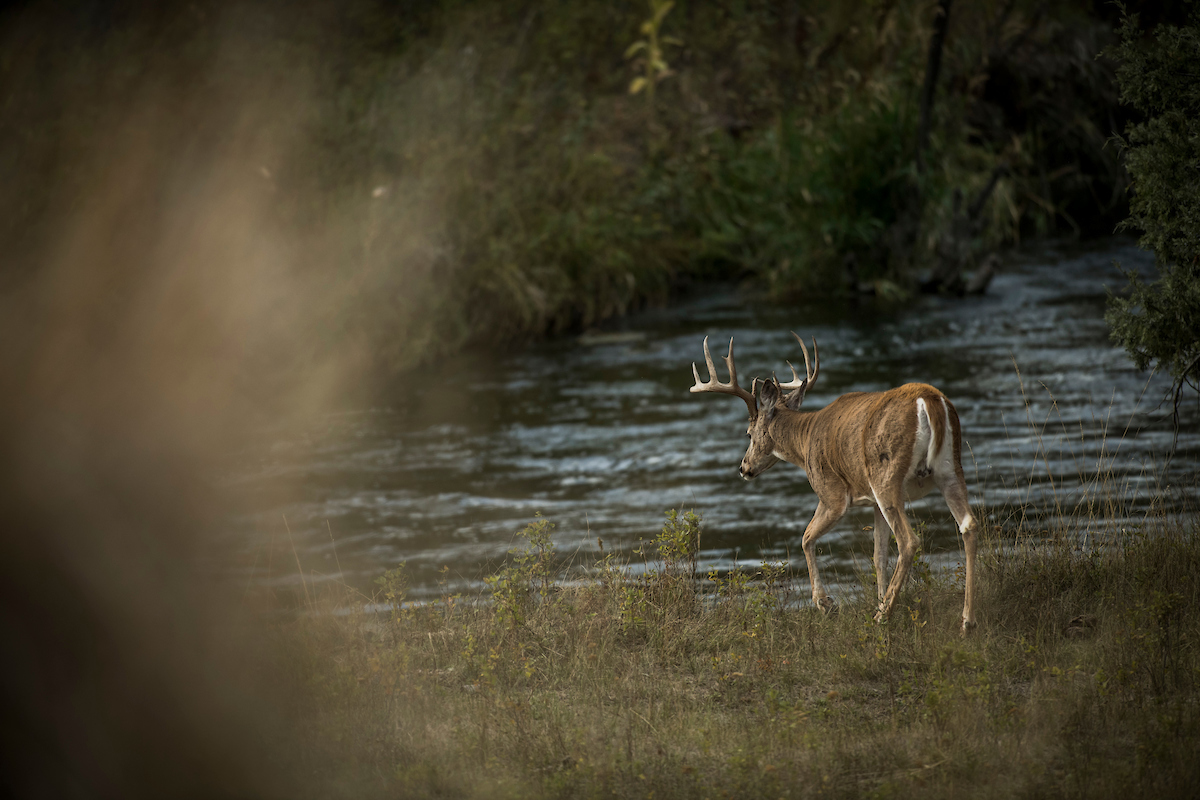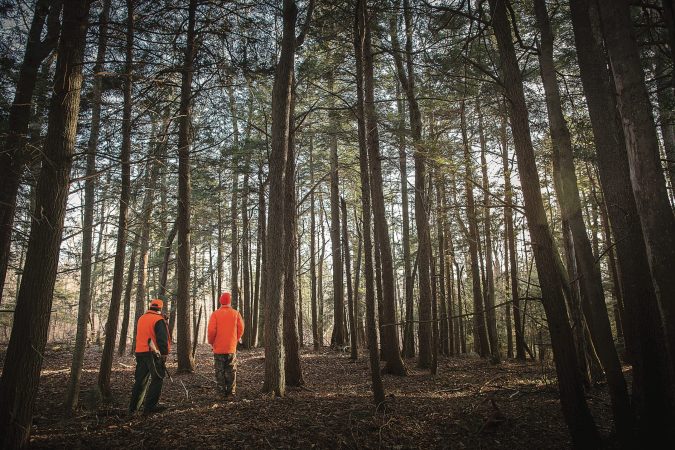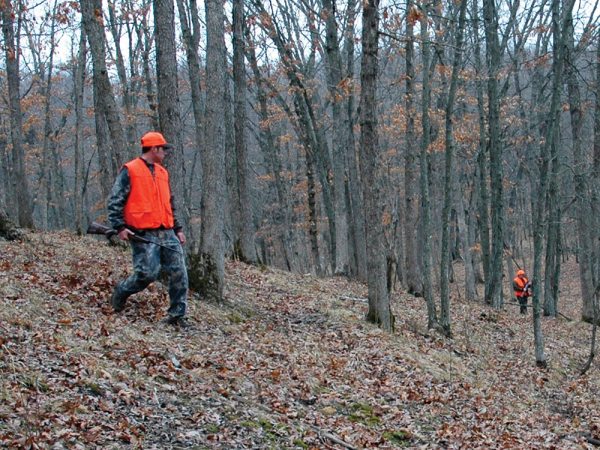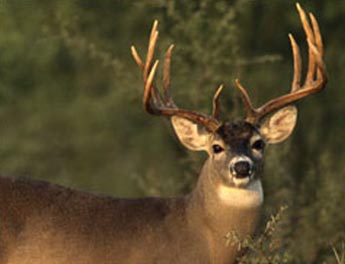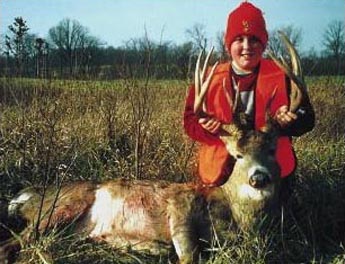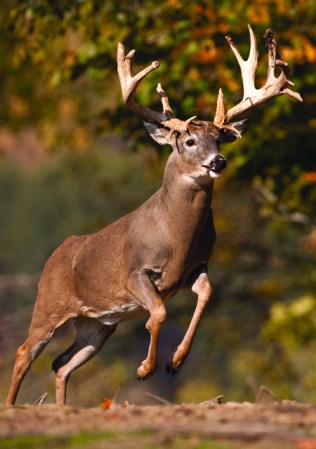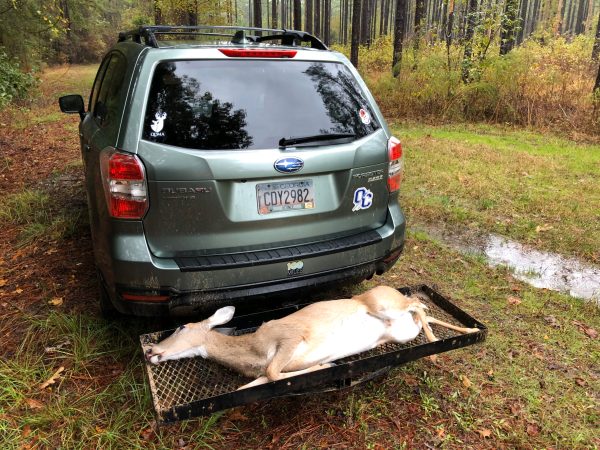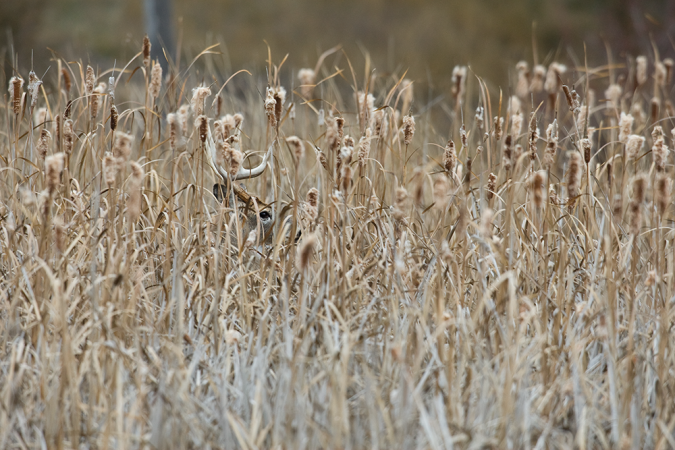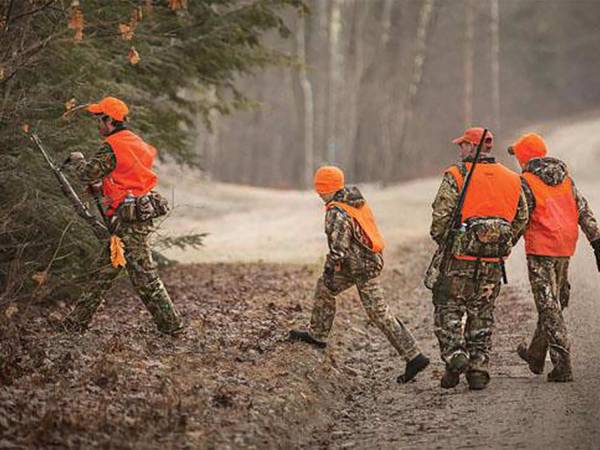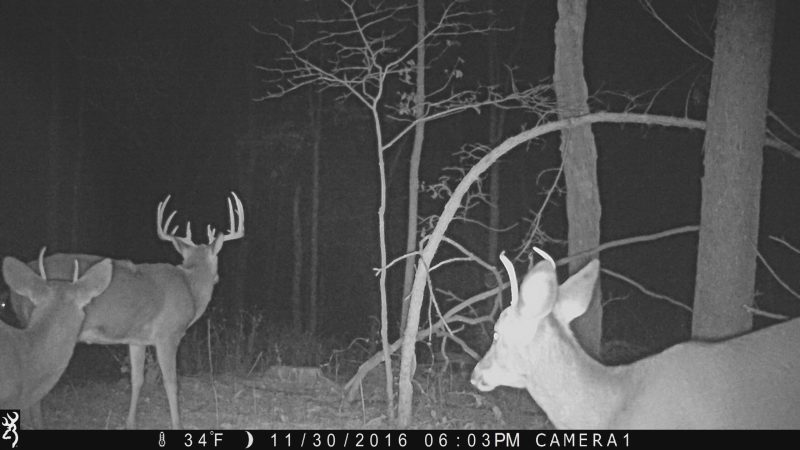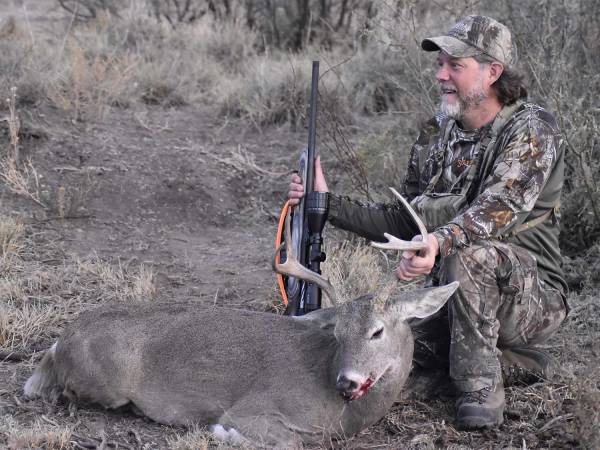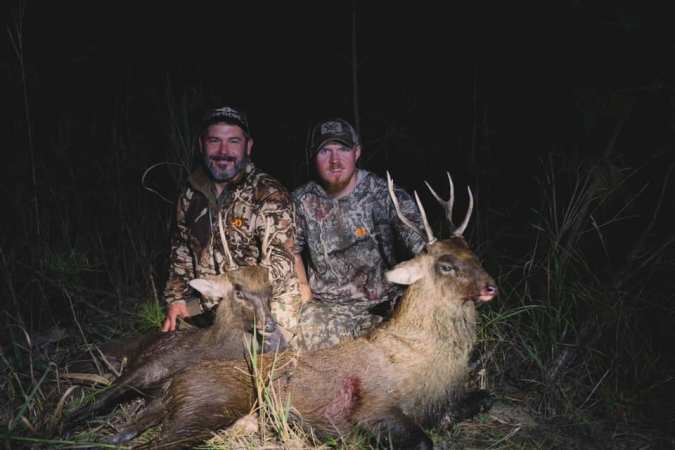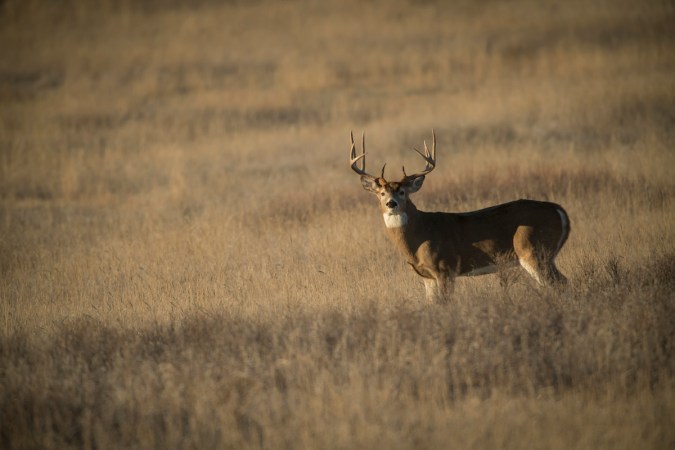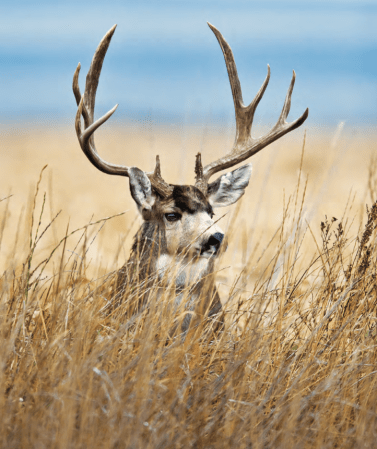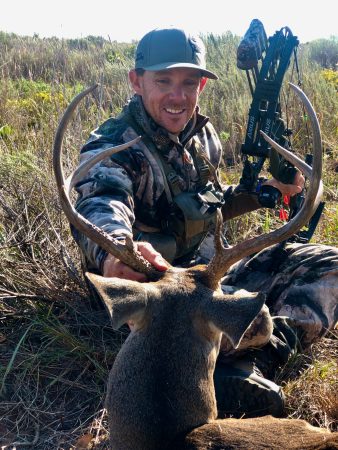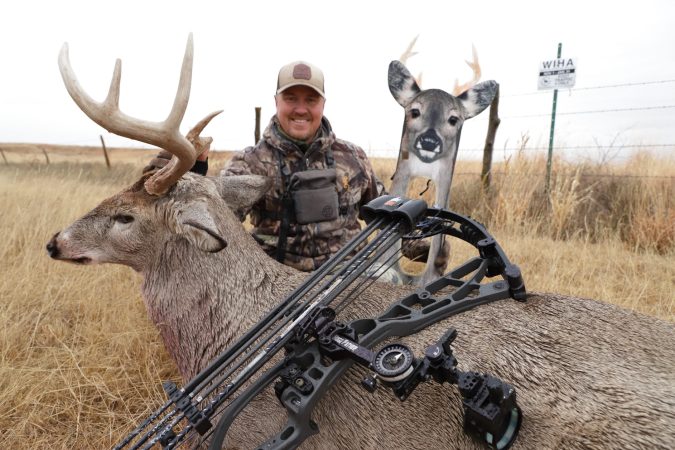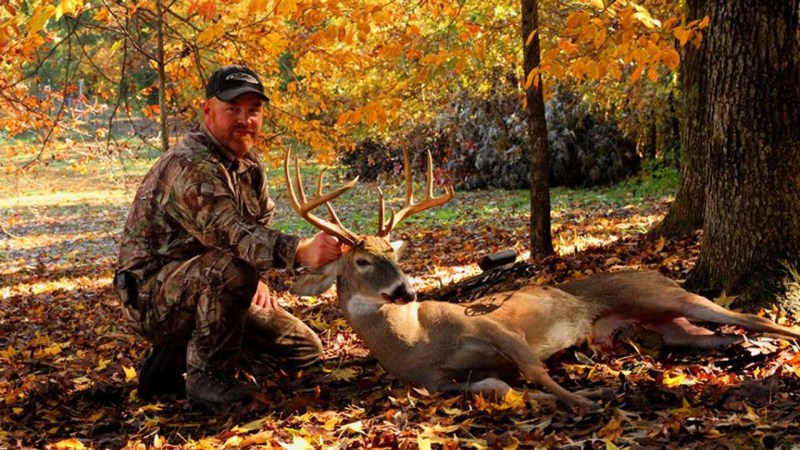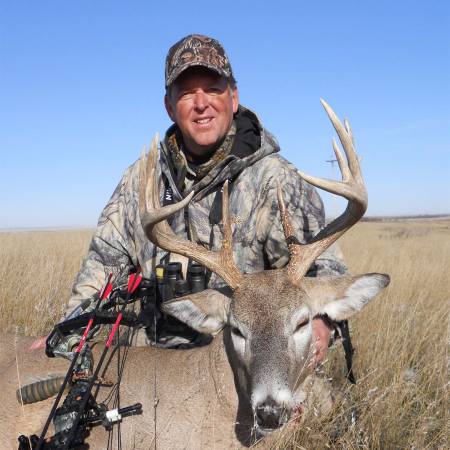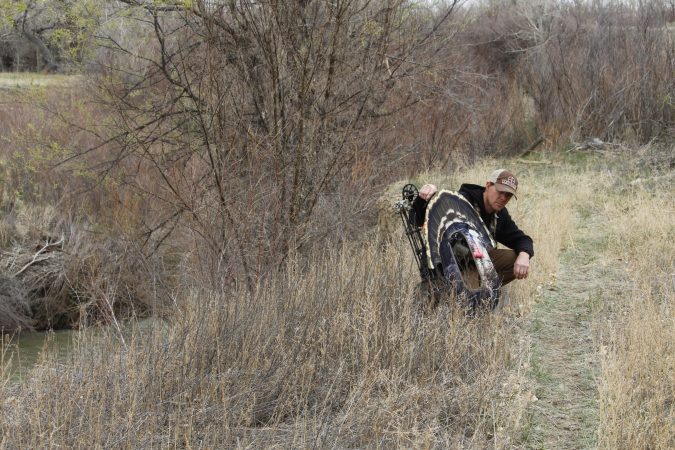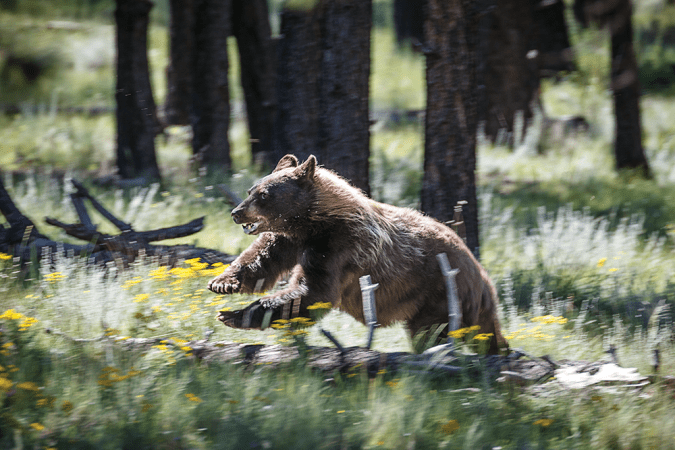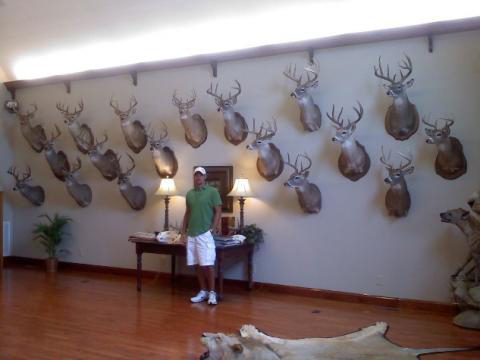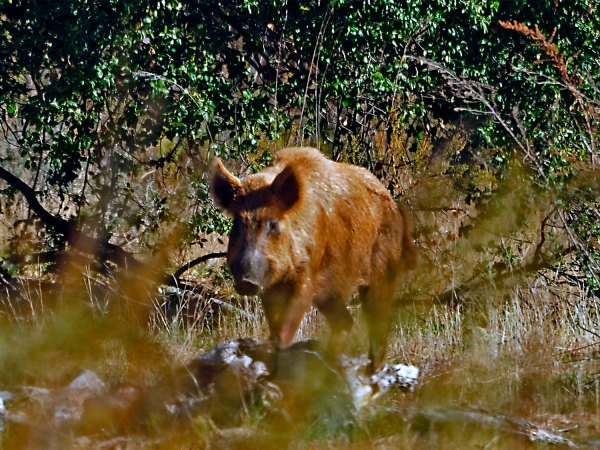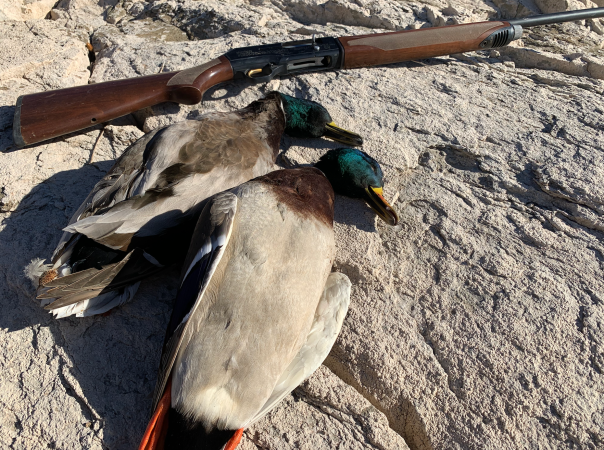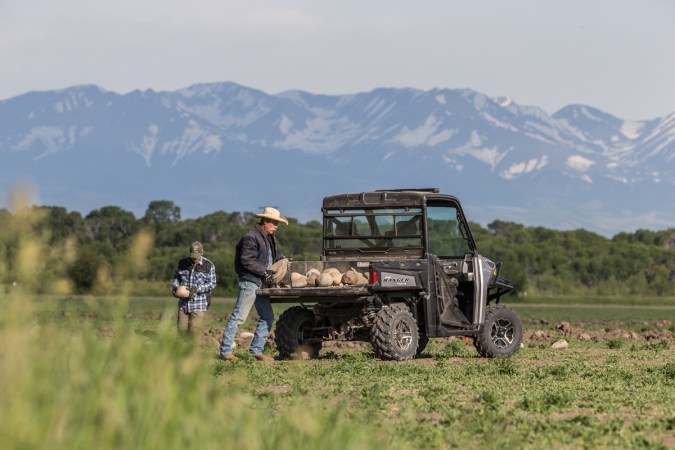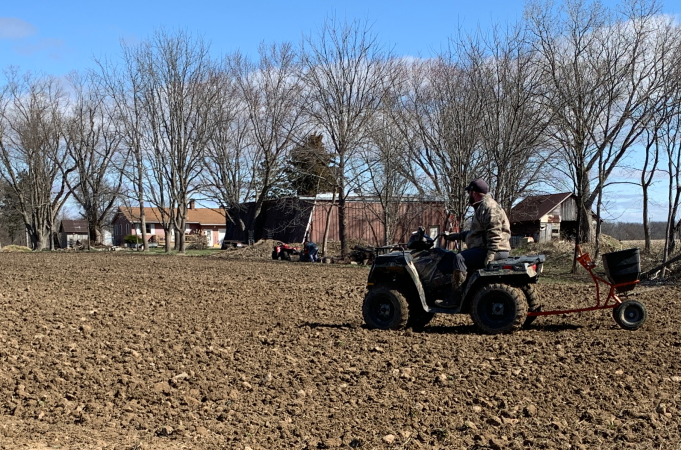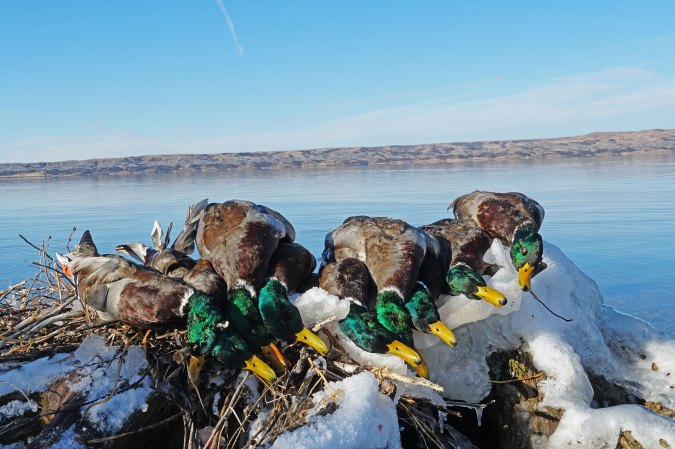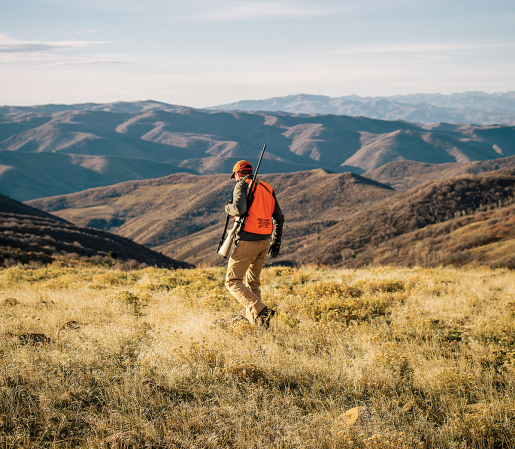In both the shortgrass prairie regions of Western states and in agricultural lands—especially once the crops come down—whitetails flock to the cover of river bottoms during daylight hours to bed and browse. And there might not be a more effective way of tagging a buck than by conducting a river-bottom drive.
River bottoms are typically long, narrow strips of cover sandwiched between a wide-open space and water. These woodland or brushy strips serve as key bedding areas. When deer are bumped or pushed in a river bottom, they’ll usually try to remain within the cover to avoid exposing themselves by running across open ground or swimming the river.
Manage the Cover
You can conduct an effective deer drive with as few as two hunters or as many as safety affords. An ideal location is a relatively rectangular strip of cover no more than a couple hundred yards wide with a river on one side too large for deer to easily cross and a large expanse of open space, like a picked agricultural field or a shortgrass prairie, on the other. It really doesn’t matter how long the strip of cover is because you can break it up into manageable sections with the placement of your standers.
Since you expect the deer to stay in the cover, river-bottom drives are one of the more effective ways for bowhunters to push deer. To increase the odds of pushing deer within bow range, select strips of cover to push that are relatively narrow. Two bowhunters on stand should be able to cover a strip of timber 100 yards wide.
Tow a Boat
A boat is a big help in setting up a river-bottom drive. You’ll be quieter getting in and out of cover, especially if you use an electric motor during the final stage of your approach. Setting up by boat may also keep deer bedded near the front edge of the cover from seeing you and blowing the drive before it begins.
To set up for the drive with a boat, first drop your still-hunters off where you plan to begin the push. The standers then take the boat downriver to their stand location. Once the drivers reach the standers, assuming the drive didn’t produce, you repeat the process with the next downstream leg. This also makes it simple for switching up drivers and standers.
During the drive, you want the wind at the back of the drivers. Ideally, the scent of the drivers will push the deer toward the standers before the deer see the drivers. You don’t want to spook the deer into a panic, resulting in a full-out run. You want the deer moving unhurriedly.
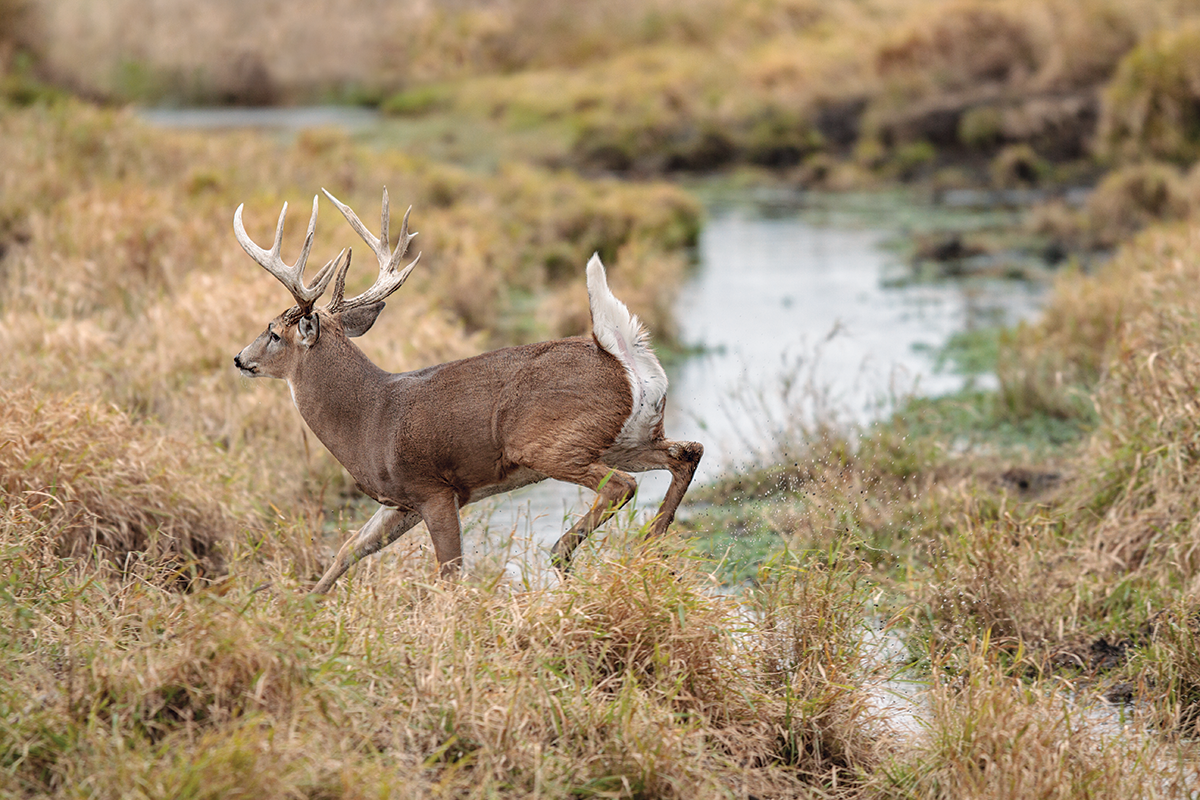
The drivers should slowly but steadily move through the cover toward the standers. Avoid walking in a straight line and stay off well-worn trails. Deer don’t typically bed right next to the most heavily used trails. They’ll be in the thick brier tangles, next to large blowdowns, and on top of any little rise that gives them a better view. Just proceed with a slow, steady zigzag pattern through the cover, making sure to stop and stand still every few minutes. As you’re moving along, many deer will hold tight to cover hoping you pass right on by without noticing them. But their nerves will likely get the best of them if you stop. That’s when they’ll bolt.
Get High
Since most river bottoms are typically flat and the deer will be moving toward the standers from the direction of the drivers, it is of the utmost importance that no shots are fired back toward the drivers. Standers must wait for the deer to clear them before shooting.
Using portable treestands to elevate the standers affords a better view. Use portable stands that set up and come down quickly. Climbing stands often work well in river bottoms where oaks, cottonwoods, and other trees with few low limbs are found.
Hanging out at camp or taking a nap during midday might be nice, but if you really want to punch your tag, a river-bottom deer drive is a productive way to take a midday buck.
Safety First
Whether it’s a soft push or a calculated two-man walk, it’s vital to make a plan, set rules, follow them, and always wear hunter orange. If you aren’t intimately familiar with the property, pull up an aerial map on your phone and discuss where each hunter will be. The stander should never leave his designated post, and the driver should specify and stick to his route. Neither hunter should take a shot at a deer that might be between him and his partner. Wait until it gets well off to the side or beyond, or at least has solid ground behind it. A hill is good; trees or thick brush aren’t.
If you aren’t 100 percent certain, don’t shoot. It’s just a deer. Besides, if that spot held a deer once, there’s a good chance that the same buck or another will bed there on a different day. Give the area a week to settle down, grab your buddy, and walk it again. —David Hart
